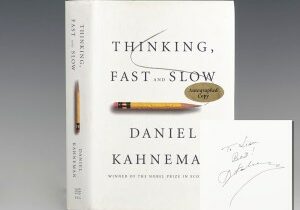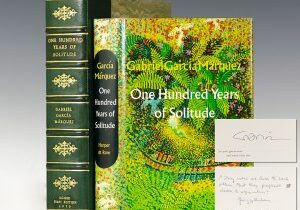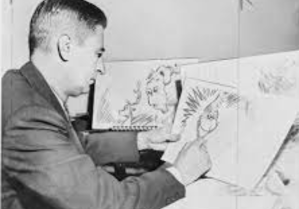 Written in 380 BC, The Republic is considered one of the Plato’s best works and a major staple for Western philosophical and political thought. The work was alternatively titled On Justice by ancient readers, as the main theme aims to find the perfect definition of justice in regards to both the individual and the city-state.
Written in 380 BC, The Republic is considered one of the Plato’s best works and a major staple for Western philosophical and political thought. The work was alternatively titled On Justice by ancient readers, as the main theme aims to find the perfect definition of justice in regards to both the individual and the city-state.
“That Plato should be the first of all the ancient philosophers to be translated and broadcast by the printing press was inevitable. Plato’s central conception of a universe of ideas, Perfect Types, of which material objects are imperfect forms, and his ethical code based on action according to human nature, developed by education, which represents the authority of the State, fitted in as well with the philosophical, religious and political thought of western Europe in the 15th century, striving to free itself from the shackles of scholasticism, as it did with those of the Byzantine Greeks, by whom Plato was repopularized in the western world…” (Lowndes, 1878).
Man has been quarreling with the notion of justice since the beginning of society. Within the ten books of The Republic, Socrates repositions his understanding of justice based on various human virtues and systematic powers he encounters, including freedom, government, family, class, money, power, wisdom, courage, friendship, and the soul. As Socrates finds the various ways by which man is corrupted by power, he discerns that the just city-state is one ruled not by the rich, but by philosophers. As PMM analyzes Socrates’ discoveries, it is an undisputable fact that “the dialogues are pervaded by two dominant impulses: a love of truth and a passion for human improvement.”
In addition to Socrates’ journey for justice, The Republic contains a number of metaphors highly respected amongst philosophy and literature critics, such as the famous allegory of the cave. In this allegory, Socrates describes a group of people who have lived chained to the wall of a cave their entire lives. The only reality these people know is their view of a blank cave wall, which will occasionally project elongated shadows of people walking past, sometimes carrying objects. Once a prisoner is released from the cave, he sees real people for the first time and comes to understand that the shadows were never a reality. The freed prisoner can never un-see the true world again, making a powerful statement on the human condition, as man’s reality is so greatly dependent on individual experience through sensation and perception.

Plato’s The Republic of Plato. In Ten Books. Translated from the Greek by H. Spens. With a Preliminary Discourse Concerning the Philosophy of the Ancients by the Translator.
Printed in 1763 by Robert and Andrew Roulis, the ten-book set of The Republic is easily Plato’s most famous, highly valued, and well-read philosophical dialogues.
It influenced societies throughout the centuries, beginning with Ancient Greece and Ancient Rome. Various translations have been interpreted and received differently throughout time as well. Lowndes writes of Harry Spens translation, “very faithful… containing not only a general epitome of the Republic of Plato, but an accurate delineation of the characters, manners, and philosophy of the ancient Greeks.”
Raptis Rare Books’ first edition in English Plato’s The Republic includes all ten books, beautifully bound in period style full calf.










